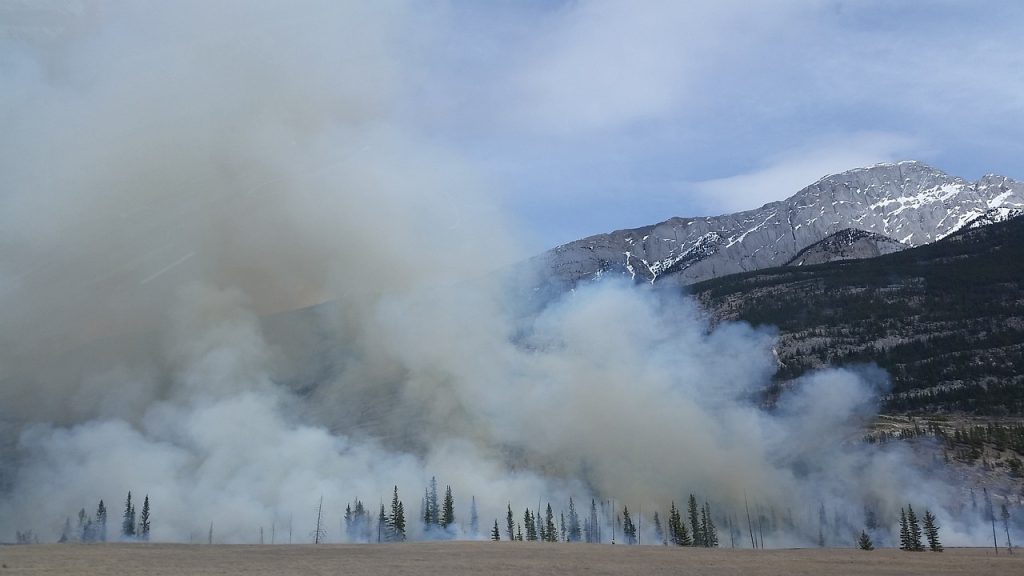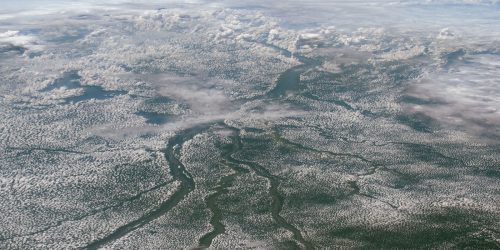
A new study supported by the Climate Program Office’s Atmospheric Chemistry, Carbon Cycle and Climate (AC4) Program takes a close look at organic aerosols emitted from wildfires and how they impact surrounding regions. A research team, including AC4-funded researchers Vanessa Selimovic and Robert Yokelson of the University of Montana, present and analyze measurements from the joint NOAA- and NASA-led FIREX-AQ (Fire Influence on Regional to Global Environments and Air Quality 2019) field campaigns. Some of these measurements were taken by another AC4-funded scientist Delphine Farmer of Colorado State University. This work contributes to an AC4 initiative to use FIREX-AQ data to understand and predict the impact of North American fires on the atmosphere and to support better land management to help prevent them from occurring.
Wildfires create small, breathable particles that cause widespread air quality and environmental problems. In places prone to wildfire, like the Western US, pollutants near Earth’s surface threaten public health, while pollutants at all heights in the atmosphere can impact climate. Scientists face many challenges when trying to measure these emissions and understand how they change and travel through the air. Widely used methods like airplane monitoring and fixed ground-level sensors have limitations that are important to understand when using these observations to plan for future research and mitigation efforts. The results of this study, published in Environmental Science & Technology, give a comparison of multiple ground and aircraft studies, showing that the ground studies typically do not capture the atmospheric processes that occur at different heights. The authors evaluate the volatility of wildfire emissions and how they travel with smoke plumes on a regional scale. This work contributes to a growing body of knowledge about aerosol formation, evolution, and transformation in the atmosphere as a result of wildfires.
For more information, contact Clara Deck.
Image credit: Pixabay









